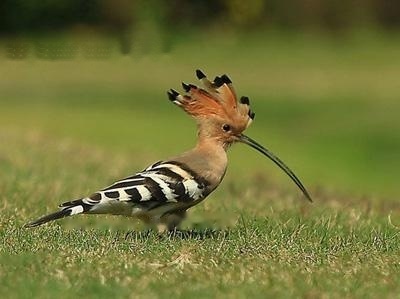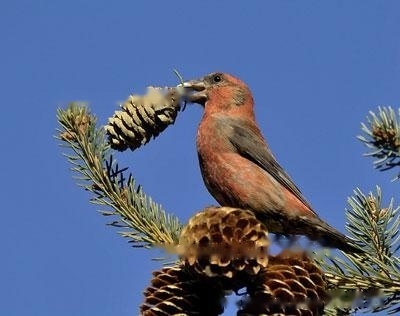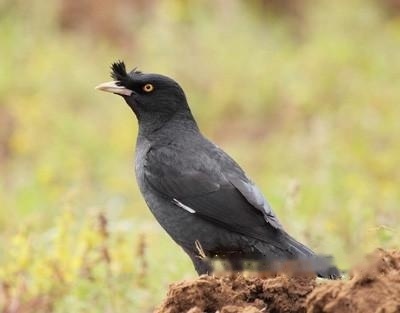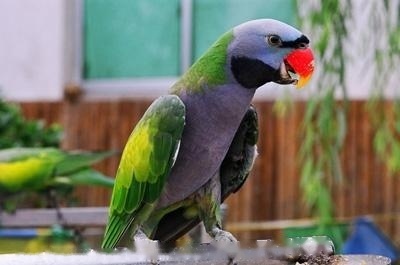The white-headed bulbul likes to build its nest on acacia or banyan tree. In the city, it is common to build a bowl-shaped nest with withered grass or Miscanthus spikes among the balcony flowers and trees, bushes and potted plants. Spring from March to May is the breeding season of the Pulsatilla. During this period, if you see a Pulsatilla standing alone on a protruding branch or on the top of a tree and chirping loudly, another Pulsatilla will fly over and two When the birds sing together, they are probably singing love songs to each other. During the breeding season, each pair of Pulsatilla will establish their territory, and its area is small. The nest is usually built in the weeds or bushes not high from the ground. 3 to 4 eggs, feeding almost exclusively on insects during the breeding season. It takes about two weeks for the chicks to hatch before they break out of their shells, and about two weeks after feeding, they are ready to emerge from the nest.
Diet: Omnivorous, eating both animal and plant foods. Animal food mainly includes golden tortoise shell, walking beetle, golden flower shell, turbinate, noctuid moth, ladybug, locust, Snakes, bees, flies, mosquitoes, ants, long-horned fireflies, cicadas and other insects and larvae of Coleoptera, Lepidoptera, Orthoptera, Hemiptera also eat Spider, tick and other invertebrates. Plant raw foods mainly include wild hawthorn, wild rose, coldberry, weed, mulberry, heather, privet, neem, cherry, neem, grape, tallow, cabbage, indigo, jujube, camphor, catalpa and other plant fruits and seeds. [2]
Habits: Usually in small groups of 3-5 to more than 10 animals, sometimes in large groups of more than 20-30 animals in winter. Mostly active on shrubs and small trees, lively, not afraid of people, often jumping between branches, or flying between adjacent trees, generally do not fly long distances. Good chirping, melodious and changeable chirping.
Migration: Mainly resident birds, generally do not migrate.




